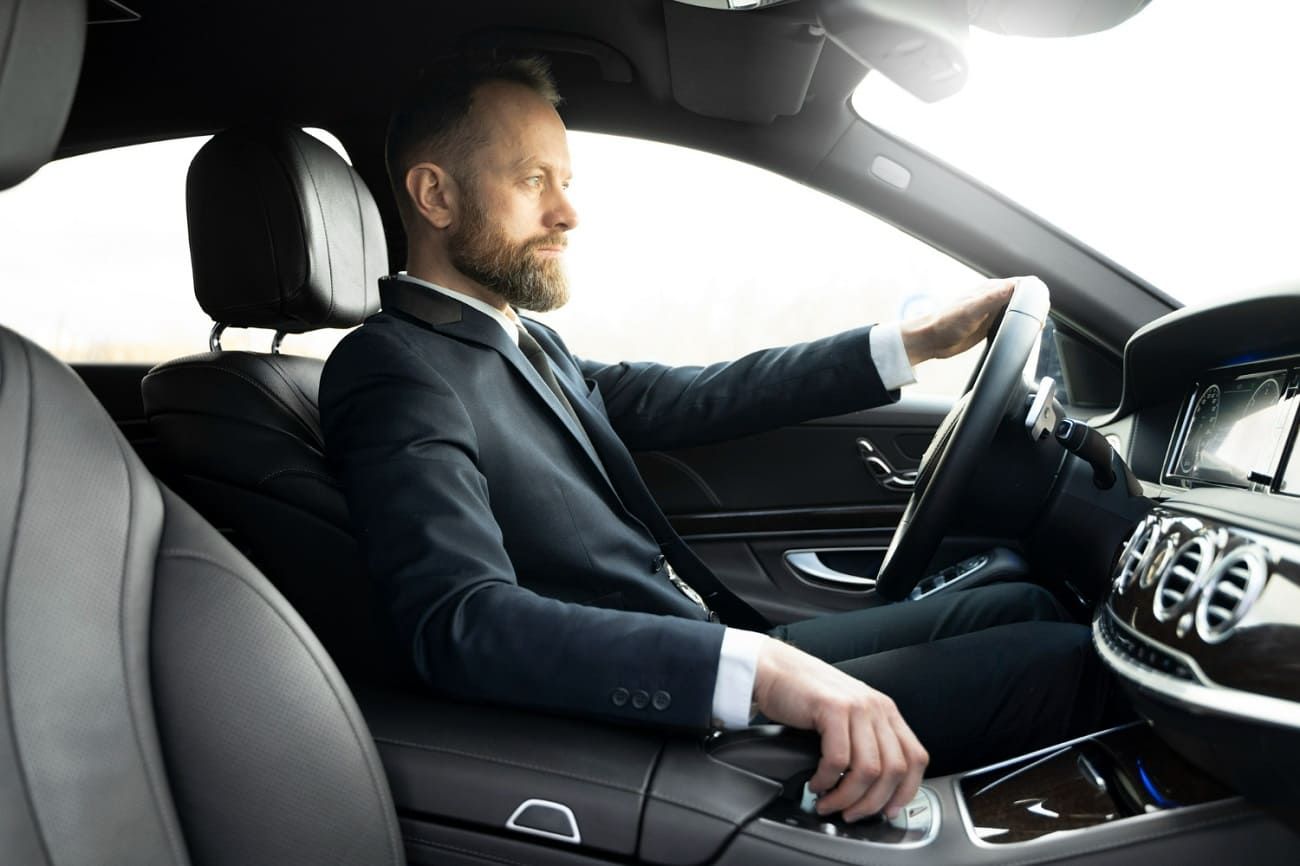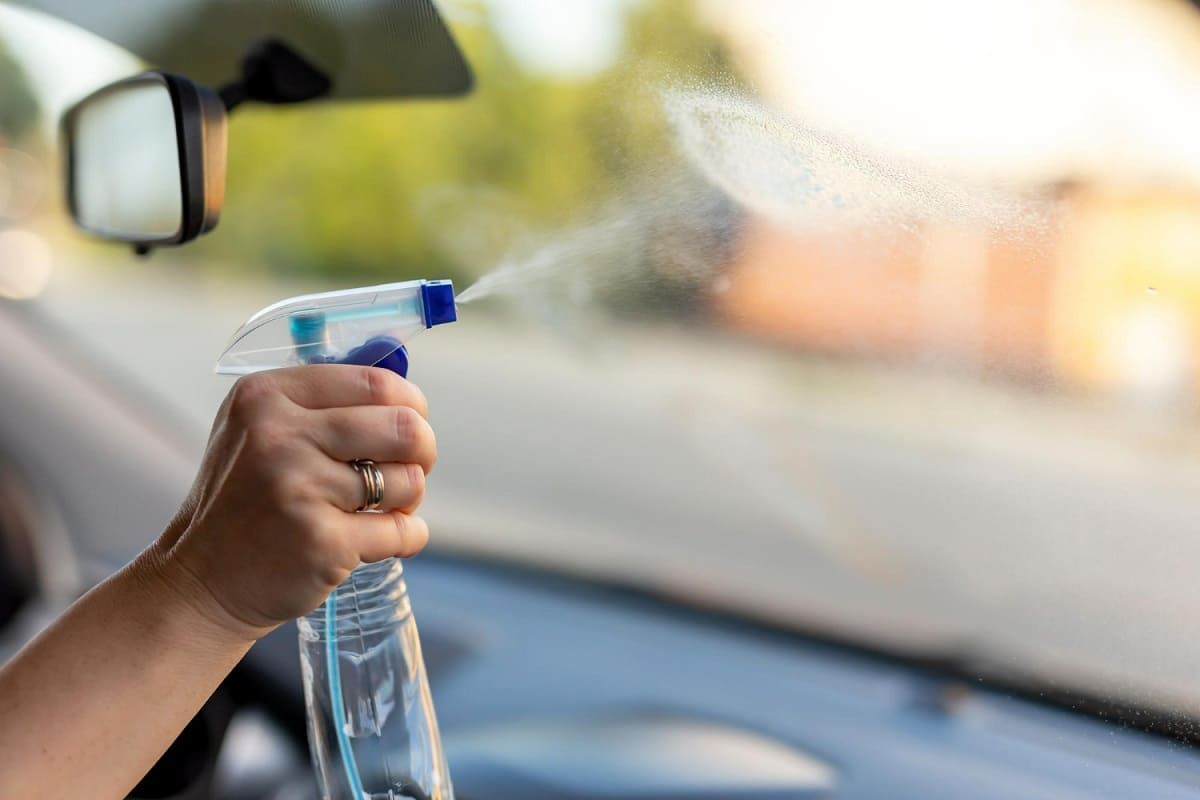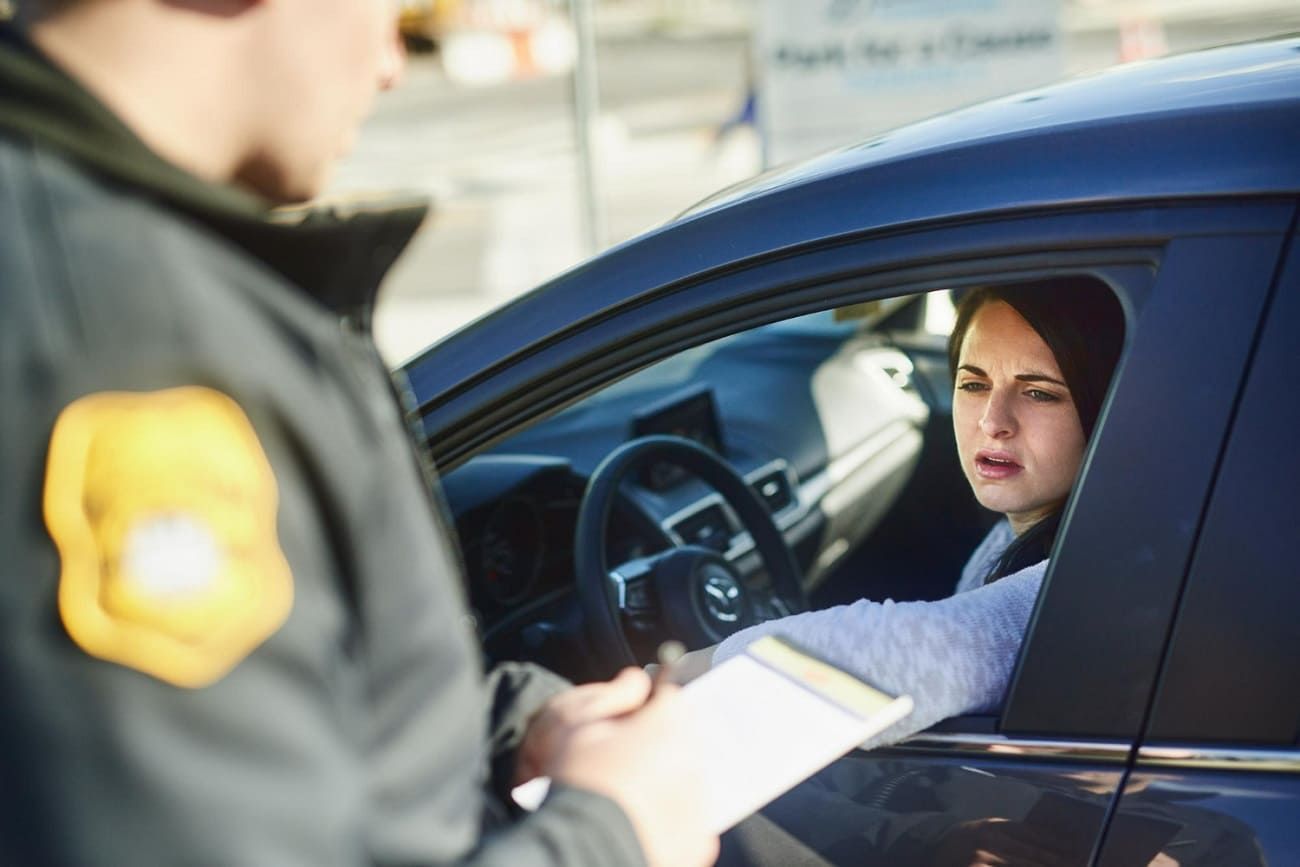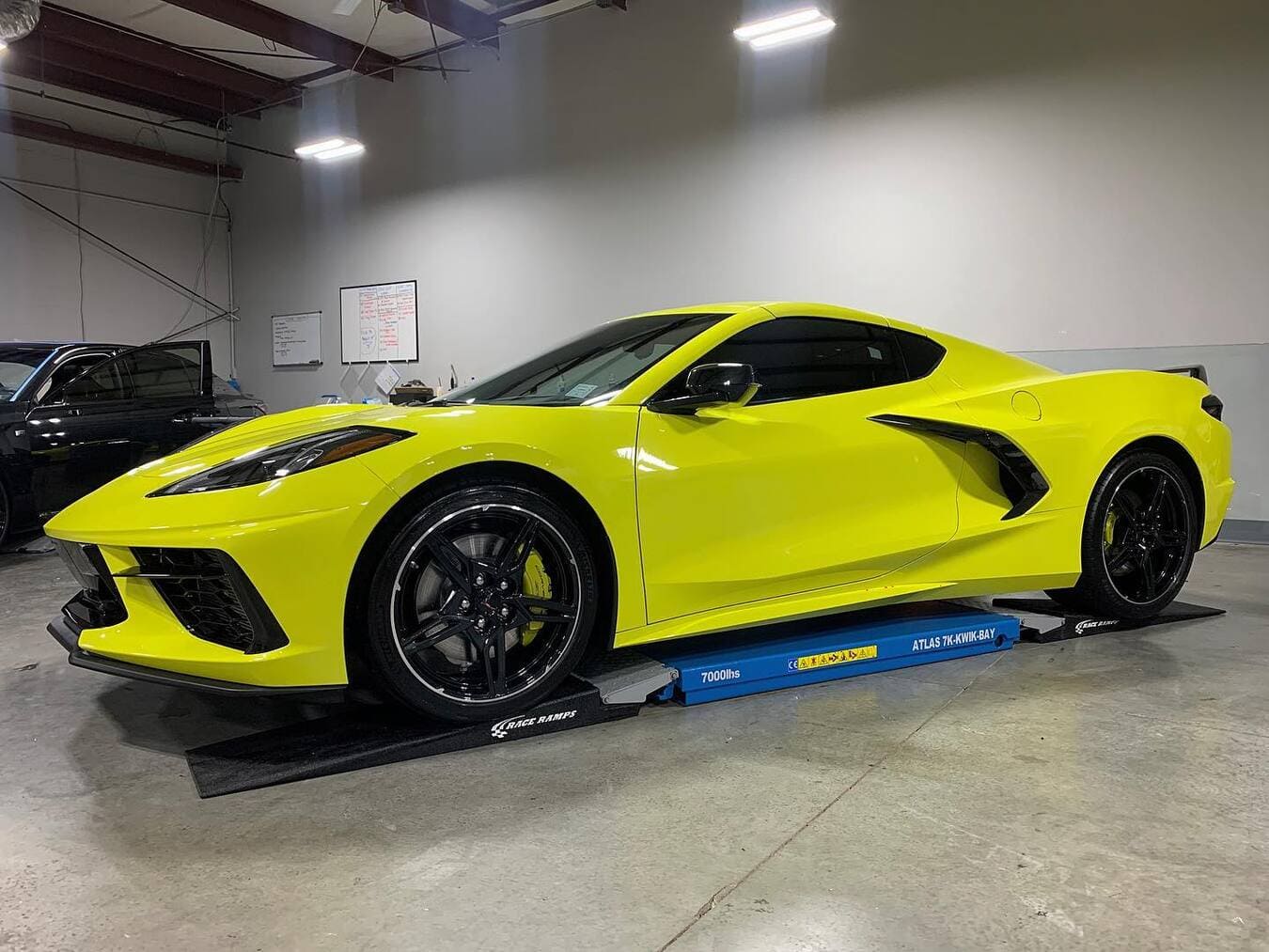The Different Types of Window Tint Percentages for Your Car, Explained
What are the different types of window tint percentages and which is right for your car? We explain the facts you need to know here.

If you’re like most Americans, your car is a huge part of your life, and you spend a lot of time behind the wheel. In fact, most of us travel more than 220 miles each week, on average, for a total of over 11,000 miles per year!
It’s no surprise, then, that many people decide to take care of their car—and their skin and eye health—by opting for window tints. After all, the right tint can help you enhance your car’s privacy, appearance, and more. But how do you choose between the different types of window tint percentages?
If you’re not sure how dark to go with your new tints, here’s a quick explanation of the different types of window tint percentages and how to choose between them.
VLT and the Types of Window Tints Percentages
Although window tint percentages seem like they would be straightforward, the truth is that many car owners get confused by the percentage they see in the literature for a window tint.
To understand the different window tint percentages, it’s important to understand what’s known as VLT, or "visual light transmission." VLT is what affects the amount of UV protection, heat protection, and additional privacy you’ll get from a tint. It’s a way of measuring a tint’s darkness.
Manufacturers calculate this number based on the percentage of light that is visible through a tinted window.
In other words, the lower the VLT, the darker the window tint. For example, a tint with a VLT of 35% will let in 35% of the light while blocking 65% of all light. On the other hand, a VLT of 20% will offer a much darker tint, allowing just 20% of exterior light into a vehicle while blocking 80%.
The most common standard VLTs from most manufacturers are 50%, 35%, and 20%.
In addition to the VLT, it’s also important to consider the color of the tint in question.
For most car owners, black is the most popular color, and it blocks a significant amount of light. However, if you’d rather opt for a different color, you might notice that there’s a color attached to the VLT, like “red 20.” Depending on the manufacturer, this tint may have slightly different light-blocking effects from a true black, so it’s important to work with an expert to understand what you can expect for your car.
Legal Considerations for Window Tints
When considering your car window tint percentage, it’s important to keep in mind that most states have legal requirements for window tints.
In North Carolina, you can’t have a window tint darker than 32 percent, unless you have a medical exception. You’ll also need to have it checked at a safety inspection after installation.
If you’ll be driving your car anywhere out of state, it’s important to consider those states’ requirements as well. If you want to ensure that you get as dark a tint as possible according to legal limits, it’s a good idea to research the requirements by state and then choose the tint darkness of the state with the lightest VLT.
If you have any questions about the complex rules for North Carolina or any state where you’ll be driving, make sure you consult with a professional before picking a tint. This ensures that you’ll get the appearance you want while staying on the right side of the law.
Choosing the Right Window Tint Percentage
Now that you understand the basics of VLT and the legal aspects of window tints, it’s time to decide which car window tint percentage works for you. Here are a few ways to choose between different tint percentages for your car.
Think About Your Vehicle’s Aesthetic
For many drivers, one of the main benefits of a window tint is that it makes a vehicle look cooler. Of course, the definition of “cooler” varies from person to person!
Some drivers prefer a mild tint that still offers the “clear glass” look. This allows the vehicle to look better from the outside without a total change in appearance.
On the other hand, other drivers prefer the glossy black look of a limousine. For these drivers, the lowest legal VLT may be a safe bet.
Keep Your Health in Mind
The Skin Cancer Foundation recommends window tints as a way of blocking harmful UV rays. If you spend a lot of time in your car, these UV rays may be a major issue affecting your health.
Even a lighter tint can help block a significant amount of sunlight, but darker tints are better at getting the job done.
Consider Your Glare-Blocking Needs
If you often find yourself driving during the daytime, glare-blocking is likely your main reason for getting a window tint. Drivers who want to block out as much of the sun as possible should lean toward a darker tint.
Consider Your Privacy and Security Needs
If you live in an area that’s prone to car break-ins, opting for a darker tint may be a good idea. These tints do a better job of keeping bystanders and would-be thieves from seeing the inside of your vehicle, which can make it harder for them to notice any valuables you have inside.
Talk to a Professional
If you’re having a hard time envisioning the look of your window tint, or if you want expert advice to lead the way, it may be time to speak to a pro. A professional installer can help you weigh your options and choose the perfect VLT for your vehicle. Otherwise, you may run the risk of installing an expensive window tint whose VLT you later find you dislike!
Partner With All Pro Window Films for the Perfect Tint
At the end of the day, deciding between the different types of window tint percentages can be hard. Before you set up an installation, it’s important to consider your VLT options and weigh the choice with care.
When it comes to finding the right tint and expert installation, trust the team at All Pro Window Films to help. We have experience working with North Carolina homes, vehicles, commercial buildings, and more. Reach out to us today for a free estimate!
ALL PRO
WINDOW FILMS1301 Newton RdRaleigh, NC 27615
Business Hours:Monday - Friday: 8am to 5pmSaturday: By Appointment OnlySunday: CLOSED
LEAVE US A REVIEW
MAKE PAYMENT
EMPLOYMENT
All Rights Reserved | All Pro Window Films

















